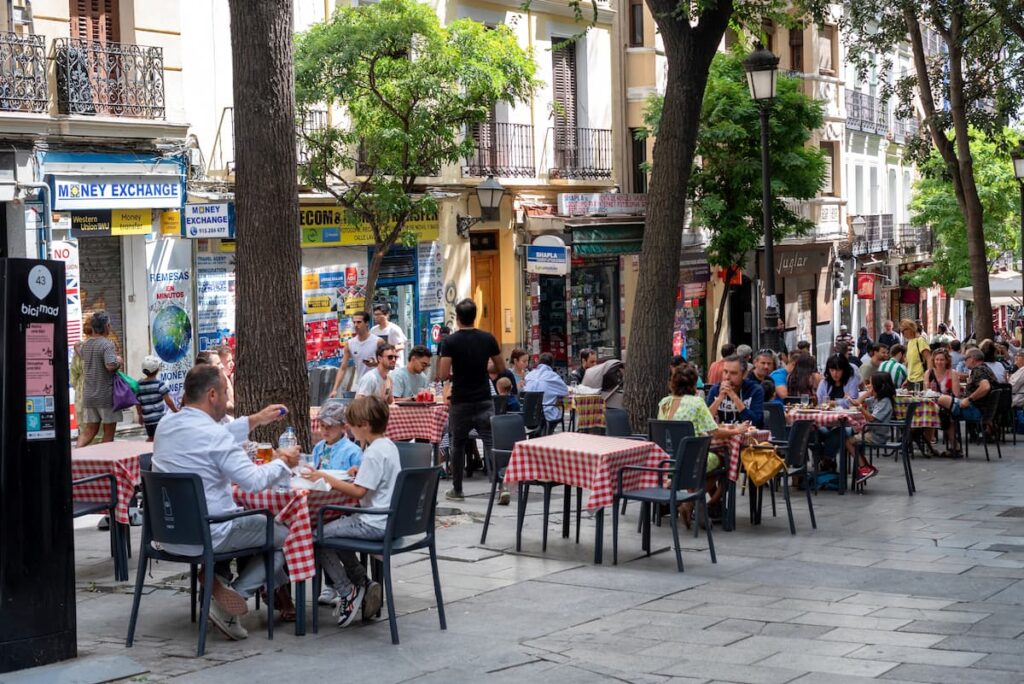Millions of people across Spain, Portugal, and parts of southwestern France were left in the dark following a large-scale power outage that disrupted daily life across the Iberian Peninsula. The unexpected blackout affected homes, public transport systems, offices, and even major events, sparking immediate efforts from governments and energy operators to identify the cause and restore stability.
Cities like Madrid, Barcelona, and Lisbon experienced widespread disruptions. Train services were halted, traffic lights failed, and significant interruptions were reported at sporting events. The outage was severe enough to trigger emergency protocols among utility companies and national security councils.
What Caused the Outage?
The source of the blackout has been traced back to a major failure within Spain’s power grid, which cascaded into Portugal and some areas of France. According to energy network operators, the event began suddenly, resulting in a rapid and widespread drop in electricity across the interconnected systems of the region.
Early speculation linked the blackout to an unusual atmospheric disturbance, but this explanation was later dismissed. The most likely cause appears to be a combination of temperature-driven changes in transmission conductors and a significant drop in grid frequency. This frequency disruption led to automatic shutdowns of power plants to prevent further instability, a common safety measure in electric grids.
One key factor in the blackout was the “cascading disconnection” of several power generators, including one located in France. When the grid’s frequency dropped below the standard threshold required for stable operation, it triggered a chain reaction that removed large portions of electricity supply from the system.
The Challenge of Grid Balancing in the Era of Renewables
Spain has positioned itself as a leader in the global transition to renewable energy. With vast natural resources of sun and wind, the country has made significant progress in reducing its dependence on imported fossil fuels. Over half of Spain’s electricity now comes from renewable sources, and that number is projected to grow considerably in the coming years.
However, this shift also introduces new challenges for the national grid. Unlike traditional power stations, renewable energy sources such as solar and wind are intermittent and less predictable. That makes balancing the grid—a process where supply must match demand in real time—far more complex.
Modern grids rely heavily on frequency management. When supply and demand are not synchronized, the system’s frequency can drift outside of safe levels. If not corrected quickly, this leads to automatic shutdowns of power plants to protect equipment and users. Restarting those plants requires careful coordination and time, which explains why recovery from such a blackout must be done gradually.
While spinning gas turbines have historically been used to stabilize frequency, the rise of renewables demands the integration of alternative technologies, including flywheels and advanced power electronics. Without these tools, the risk of future disruptions will grow as the share of renewable energy increases.
How Interconnected Systems Spread—and Contain—Failures
Another key element of the outage is the role of international connections. Spain and Portugal are part of a broader European energy network that allows countries to share power across borders. These interconnections are essential for distributing clean energy efficiently and ensuring mutual support during times of excess demand or supply.
But they can also become vectors for disruption. In this case, the initial failure within Spain’s system quickly spread to Portugal and beyond, showing how tightly linked the networks have become. A single drop in frequency or overload in one part of the grid can now ripple across national borders in seconds.
Despite the risks, these connections also helped speed up recovery. Neighboring countries were able to assist in rebalancing the system, preventing an even wider collapse. The same infrastructure that enabled the outage to spread also provided the tools to contain and resolve it.
This recent power outage serves as a reminder of the complex reality behind modern energy systems. As countries push toward greener and more interconnected power networks, the balance between innovation and resilience becomes critical. While renewable energy brings undeniable benefits, it also demands serious investment in grid management, technology upgrades, and cross-border coordination.
The Iberian Peninsula’s blackout exposed vulnerabilities but also highlighted the importance of fast, collaborative responses. As energy systems evolve, so too must the strategies for keeping them stable—because in a fully electrified world, even a momentary blackout can cause widespread disruption.



